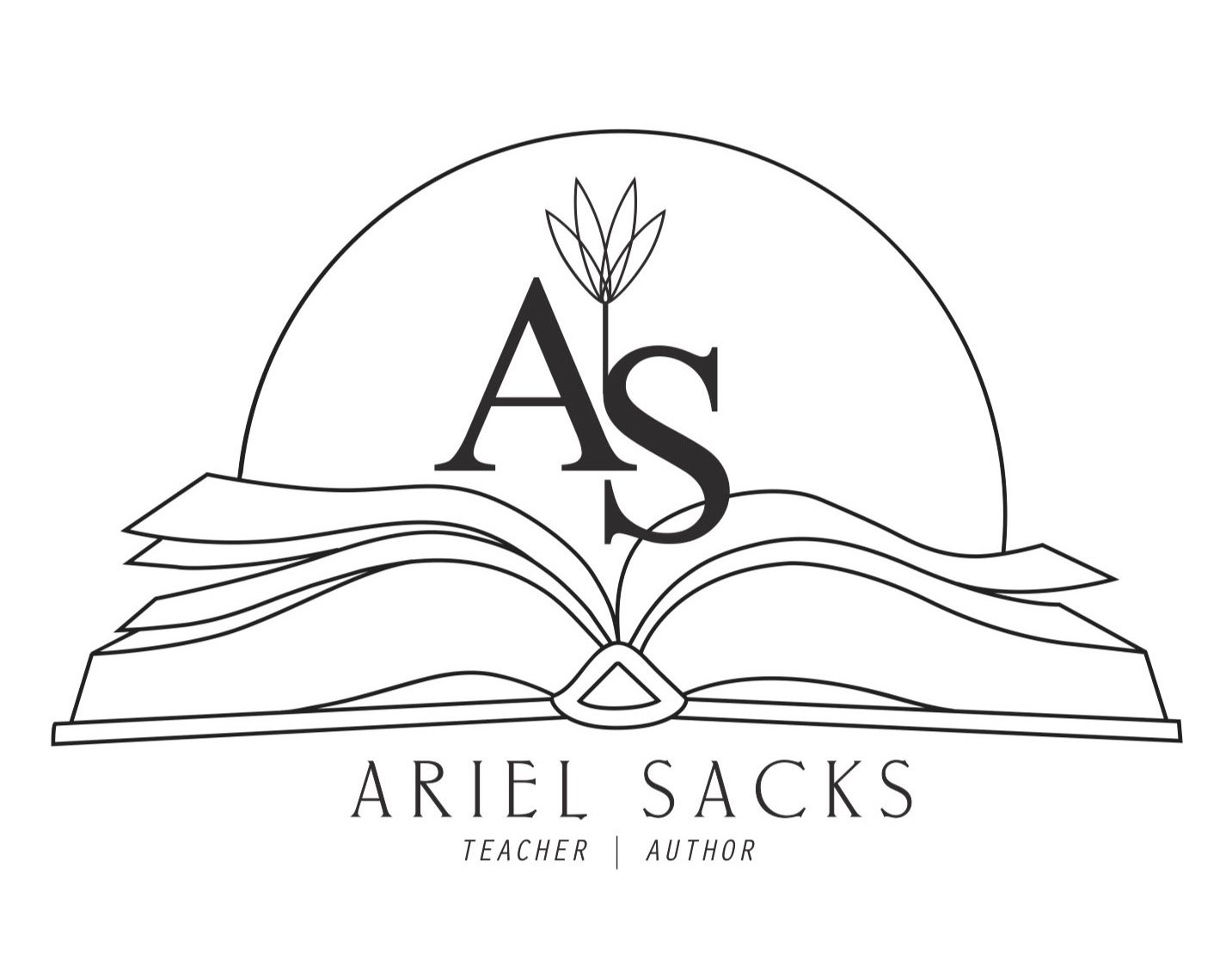Today, students had finished reading The House On Mango Street, and we looked at the "theme scoring" project we had created as an entire grade. (Described in Chapter 7 of Whole Novels for the Whole Class). Students worked in partners and used a color code to analyze the major and minor themes in the vignette they'd been assigned. There are 44 vignettes and so we divided these among the entire grade. My home room helped to display all 44 vignettes by sticking them to the wall with tac in chronological order. It looked great!
When we first looked at the "score," I asked students, what do you notice? Which themes are really showing up a lot? Students used the color code to scan for the most prevalent themes. They can also take a closer look (squint a little) to scan for the minor themes that popped up throughout.
I never know where the conversation will go. I don;t have a set agenda, except for students to observe any patterns, and these are always different, since students analyze the individual vignettes differently each year. Today, when the discussion lulled a bit, I found myself asking students, "Can you make any connections between these prevalent themes?" Students were able to connect, for example, the themes of "poverty" and "disappointment/shame" or "identity" and "neighborhood." This led to an interesting discussion in one class about how identity is determined. How much do we make our own identities and how much are we influenced by families and environment?
Another good question was, "Were there any surprises?" Some students were surprised that their classmates had not identified sexism as a major theme more often. This lead to the observation, however, that the theme score showed sexism as a minor theme in many of the vignettes, particularly as the story continued.
"Why would sexism become more prevalent as the story continues?" I push.
"Maybe because Esperanza gets older," a student says. That lead to a fruitful conversation about coming of age and why this might be true.
One of the most interesting things about today was that each discussion had some things in common, but as we got deeper, they each went in different directions, depending on the students. In one class, a discussion of the theme of "oppression" led a student to voice a critique of Sandra Cisneros portrayal so many men in a negative light. The student felt that this was not true to life. Then we began talking about setting--what place and time is this book revealing?
This was a precursor to official seminar discussions that will begin tomorrow. I'm looking forward to what this group will come up with, following this investigation of theme.

